Why Do My Knock Out Rose Bushes Have Rose Rosette?
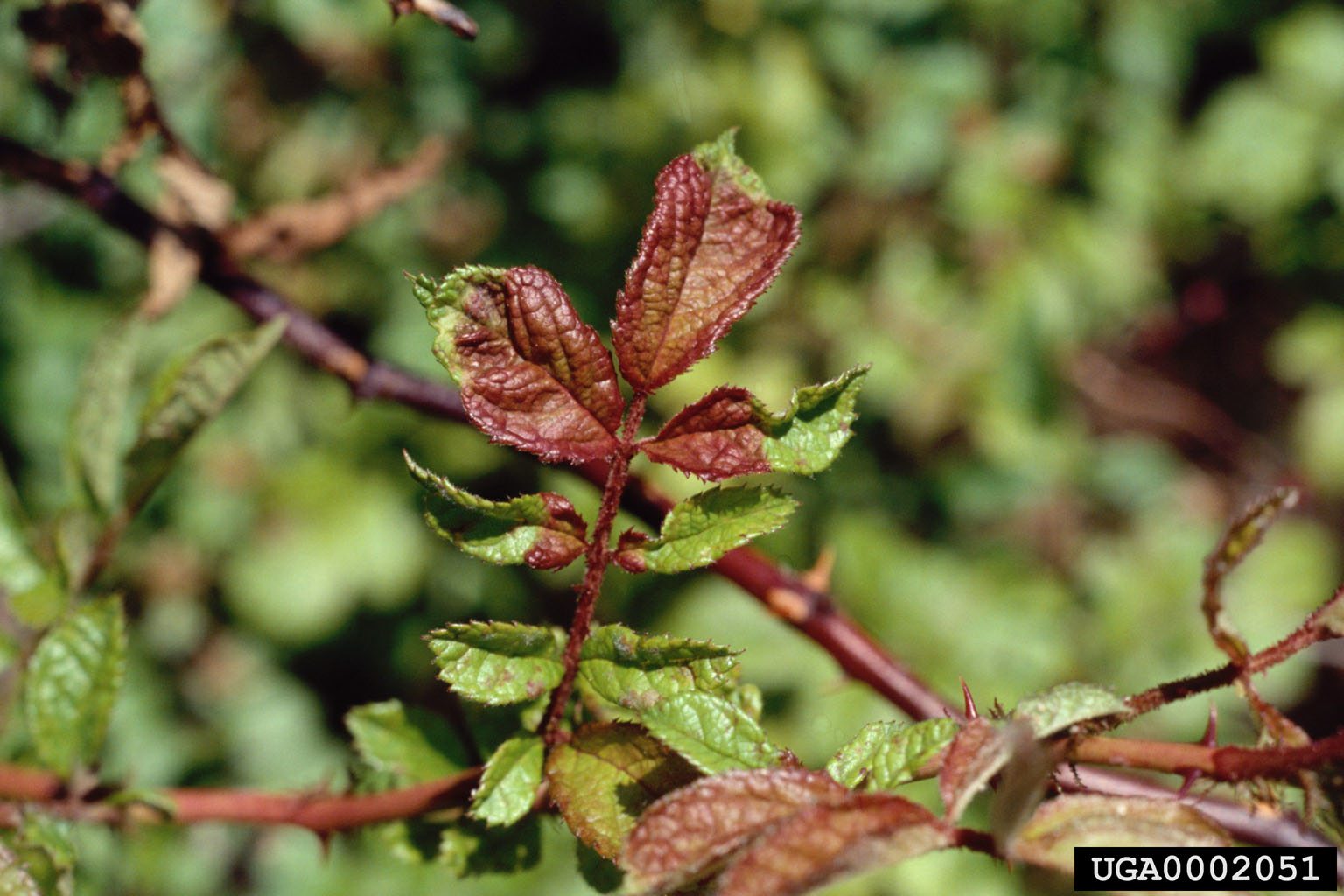

There was a time when it appeared that Knock Out roses might just be immune to the dreaded Rose Rosette Virus (RRV). That hope has been seriously dashed. This virus has been found in Knock Out rose bushes for some time now. Let’s learn more about what to do for Knock Out roses with Rose Rosette.
Why Do My Knock Out Rose Bushes Have Rose Rosette?
Some research says that the carrier of this dreaded virus is the eriophyid mite, a very tiny wingless mite that is easily moved about by the wind. Other researchers are not so sure the mite is the real culprit. Where bushes are planted closely together, such as the case with landscape roses like Knock Outs, the disease seems to spread like wildfire! Due to the popularity of the Knock Out roses, a bigger emphasis has been placed on finding a cure and trying to identify the real culprit that spreads the virus. Once a rose bush contracts the nasty virus, it is said to have Rose Rosette Disease (RRD) forever, as so far there is no known cure for the disease. The informational sheets published by some of the research universities state that the infected rose bush should be removed and destroyed immediately. Any roots left in the soil will still be infected, thus no new roses are to be planted in the same area until we can be assured that no more roots exist in the soil. If any shoots come up in the area where diseased bushes have been removed, they are to be dug out and destroyed.
What Does Rose Rosette Look Like on Knock Outs?
Some of the most recent findings from research on this terrible disease seems to point to roses with Asian heritage being the most susceptible to it. The devastation that the disease brings with it shows itself in varying ways.
- New growth is often elongated with a bright red coloration. The new growth is bunched up at the end of the canes, an appearance that brought about the name Witches Broom.
- The leaves are typically smaller, as are the buds and blooms that are distorted.
- The thorns on the infected growth are typically more abundant and at the start of the new growth cycle, are softer than the normal thorns.
Once infected, RRD seems to open up the door for other diseases. The combined attacks weaken the rose bush to the point that it will usually die within two to five years. Some of the researchers tell us that the best way to avoid the disease is to inspect the bushes well when purchasing. The disease seems to show itself well in early June, so look for signs of the bunched up growth with a red to red/maroon blend to it. Keep in mind that the new growth on many rose bushes will be a deep red to maroon color. However, the new growth on an infected rosebush will look distorted/disfigured compared to the foliage on others. There are times when someone spraying an herbicide may have some of the spray drift over onto the rose foliage. The damage the herbicide does may look very much like Rose Rosette but the telltale difference is the intense red stem color. Herbicide damage will usually leave the stem or upper cane green.
Rose Rosette Control on Knock Outs
Conrad-Pyle, the parent company of Star Rose, which breeds the Knock Out rose bushes, and Nova Flora, the breeding division of Star Roses and Plants, are working with researchers around the country to attack the virus/disease in two ways.
- They are breeding resistant species and educating those within the industry about best management practices.
- Being ever vigilant of all rose plants and removing infected plants immediately is of extreme importance. Pulling infected roses out and burning them is the best way to go so that they do not continue to infect the rose world.
Some studies have been done concerning pruning out the diseased portions of a bush; however, the disease has shown that it will just move to a lower section of the same bush. Thus, heavy pruning to remove the diseased portions just does not work. The folks at Nova Flora are living proof that vigilance to removing any plant that has even a hint of Rose Rosette does work. It is recommended that the Knock Out rose bushes be planted so that their foliage is not packed tightly together. They will still bush out and provide a grand and colorful display of blooms. Don’t be afraid to prune Knock Outs back to keep some space between them if they do start to grow closer. It is far better for the overall health of the bushes to allow them some free air space.
Gardening tips, videos, info and more delivered right to your inbox!
Sign up for the Gardening Know How newsletter today and receive a free copy of our e-book "How to Grow Delicious Tomatoes".

Stan V. Griep contributed to Gardening Know How for many years, and has been a Colorado Native Rosarian for over four decades. He is an American Rose Society Certified Consulting Master Rosarian in the Rocky Mountain District, and a member of the Denver Rose Society, the Loveland Rose Society, and the American Rose Society. He is Gardening Know How's in-house expert on all things roses.
-
 5 Tough Urban Trees That Thrive In Cities – Top Picks For Urban & Suburban Landscapes
5 Tough Urban Trees That Thrive In Cities – Top Picks For Urban & Suburban LandscapesExplore the best urban trees that will add value to even the most challenging of landscapes. Get growing with these ideas and enjoy all the benefits of trees.
By Teo Spengler
-
 7 New & Improved Cultivars Of Old-Fashioned Plants – These Aren’t Your Grandma’s Plants!
7 New & Improved Cultivars Of Old-Fashioned Plants – These Aren’t Your Grandma’s Plants!Old is new again! These old-fashioned plants have new cultivars that are sure to thrive in your garden and bring the charm factor. Neighbors will be envious!
By Mary Ellen Ellis
-
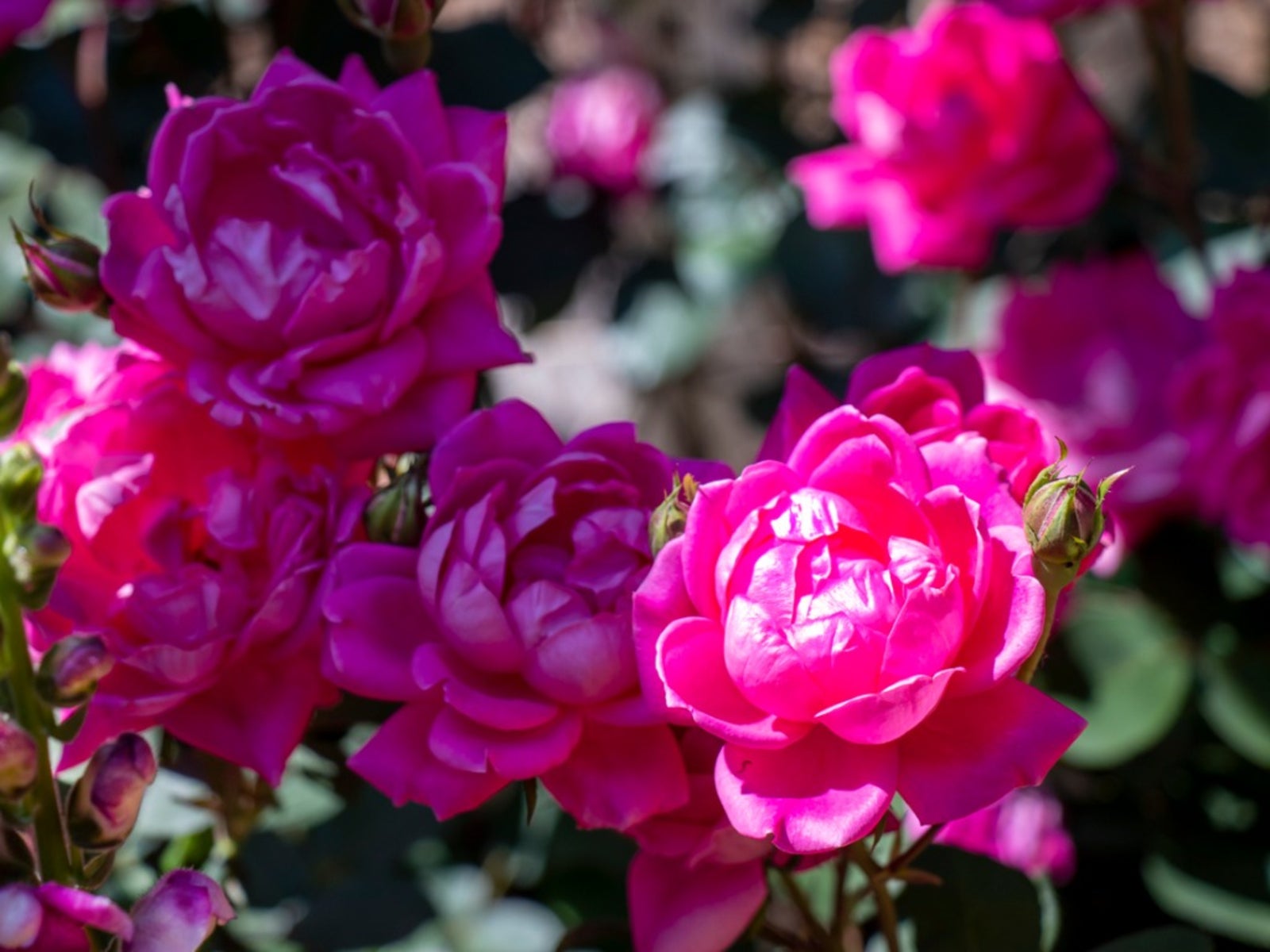 Spindly Knockout Roses: Pruning Knockout Roses That Have Gone Leggy
Spindly Knockout Roses: Pruning Knockout Roses That Have Gone LeggyKnockout roses have the reputation of being easy care plants. So, what if your knockout roses are spindly rather than full?
By Teo Spengler
-
 Brown Spots On Knockout Rose Bush: Reasons For Knockout Roses Turning Brown
Brown Spots On Knockout Rose Bush: Reasons For Knockout Roses Turning BrownThe knockout rose is quite beautiful, but knockouts with brown leaves can be concerning. Learn the reasons for this here.
By Tonya Barnett
-
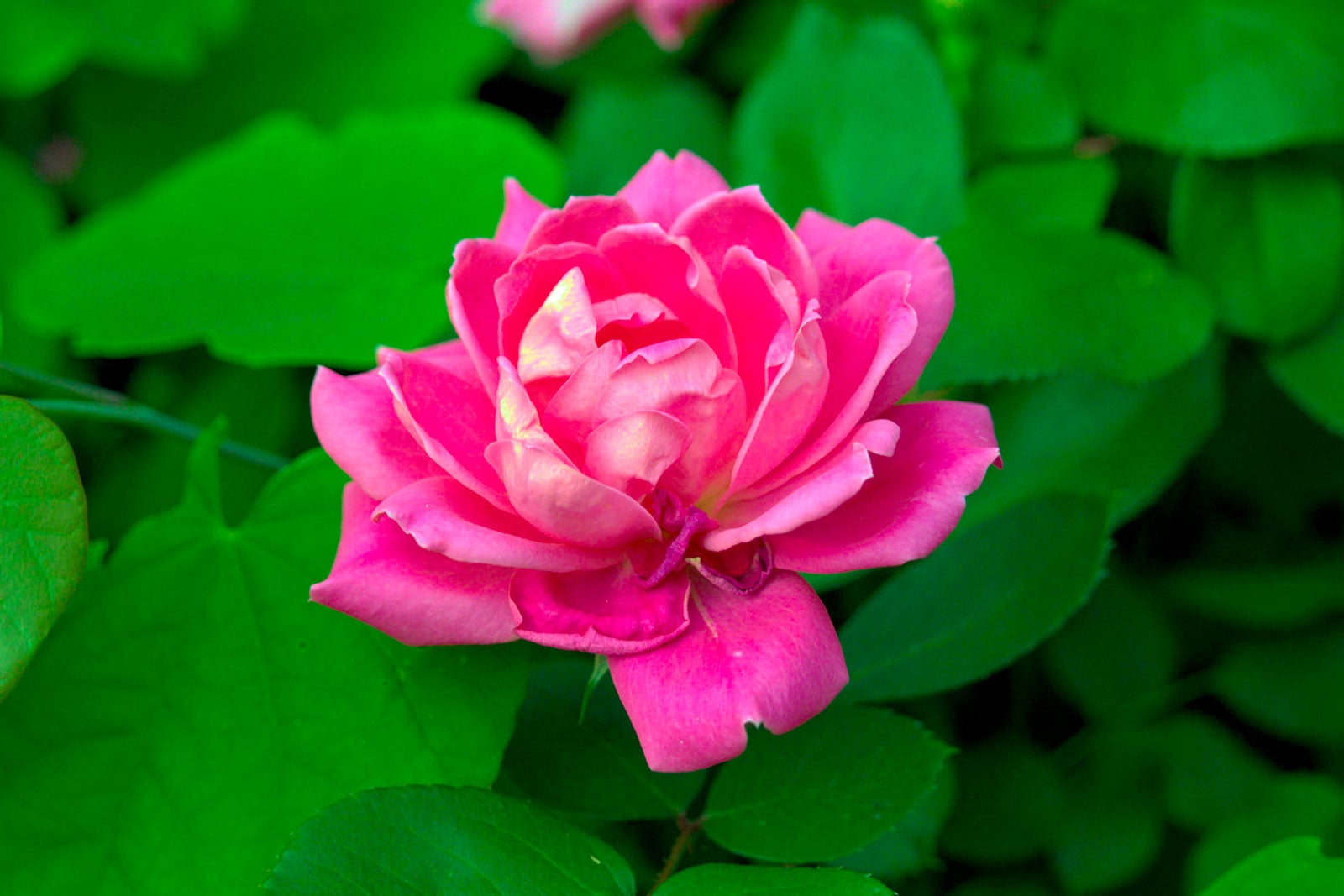 Potted Knock Out Rose Care: How To Grow Knock Out Roses In Containers
Potted Knock Out Rose Care: How To Grow Knock Out Roses In ContainersIt’s easy to understand why Knock Out roses are so popular. They’re easy care, disease resistant, and bloom all summer. Although they are often grown in the ground, container grown Knock Out roses do just as well. Learn how to grow Knock Out roses in containers here.
By Mary H. Dyer
-
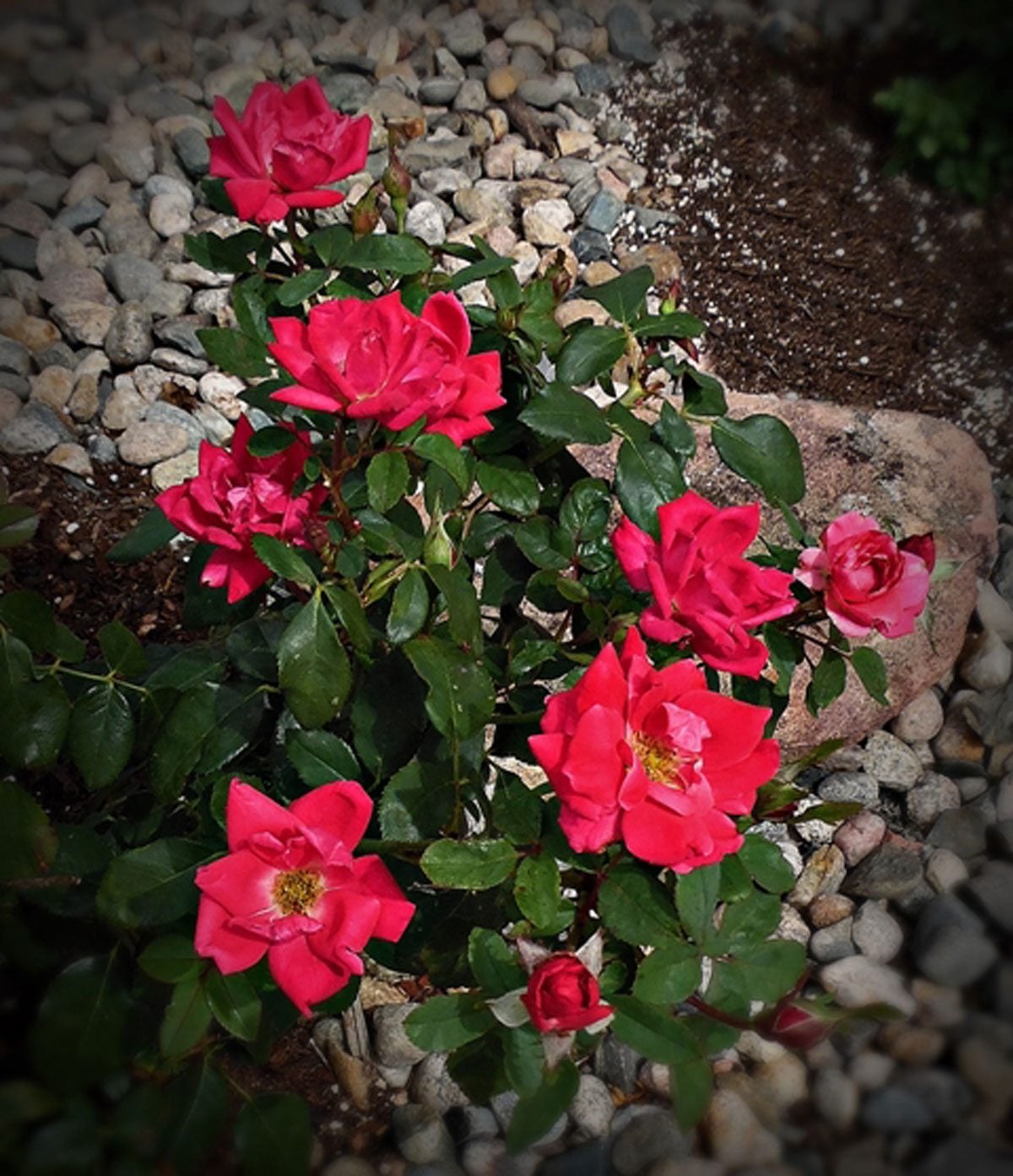 Knock Out Roses Won’t Bloom – How To Get Knock Out Roses To Bloom
Knock Out Roses Won’t Bloom – How To Get Knock Out Roses To BloomIt is cause for major frustration when roses do not bloom in the garden. Knock Out rosebushes are no different when it comes to this frustration. There are several reasons why these roses may not bloom. This article has more information.
By Stan V. Griep
-
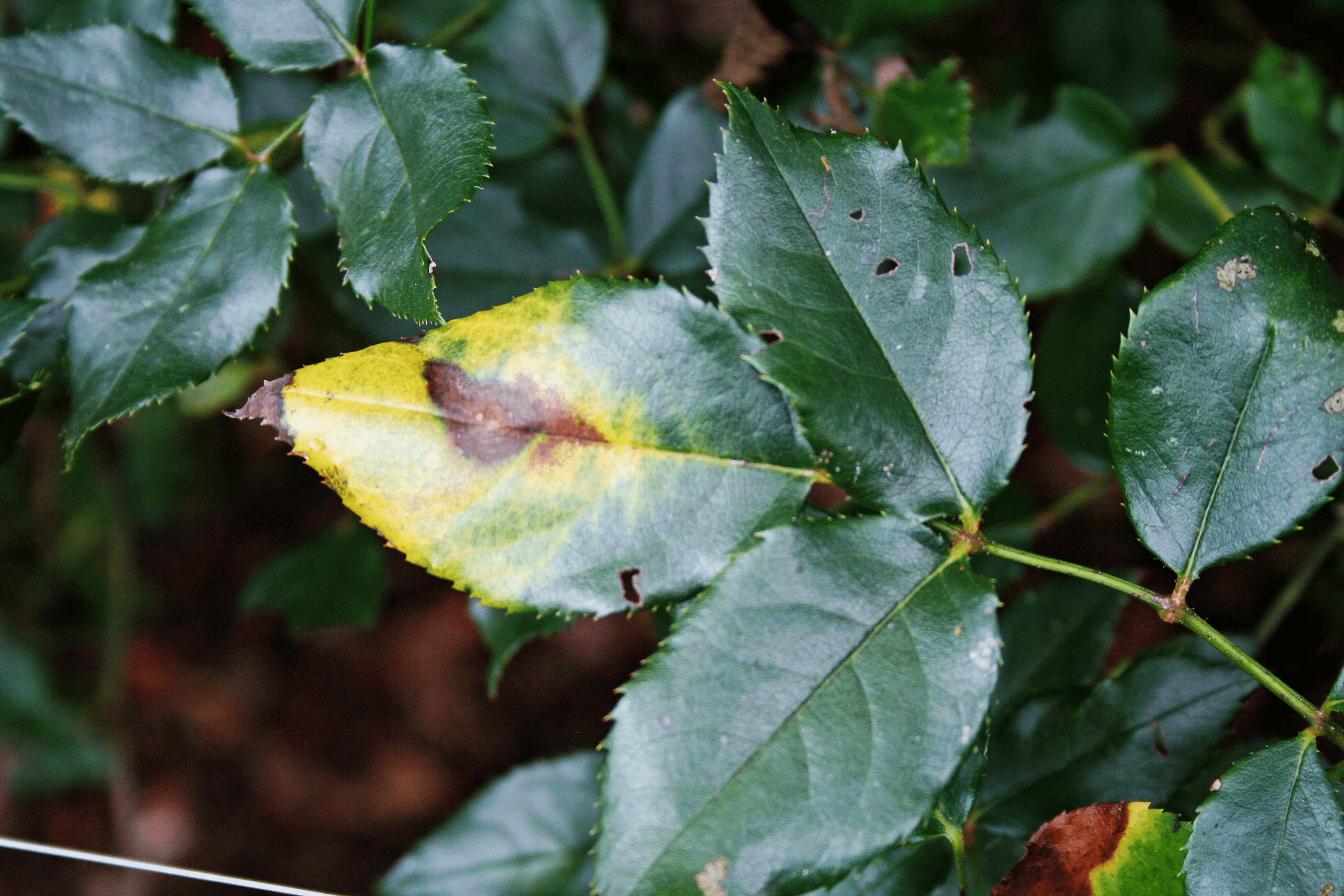 Yellow Knock Out Rose Leaves: What Makes Rose Leaves Turn Yellow
Yellow Knock Out Rose Leaves: What Makes Rose Leaves Turn YellowThe yellowing of leaves on a Knock Out rose bush can mean something is not right with its health and well-being. It can also be a normal occurrence for the bush. We need to check things out to determine which signal the rose is sending us. This article will help.
By Stan V. Griep
-
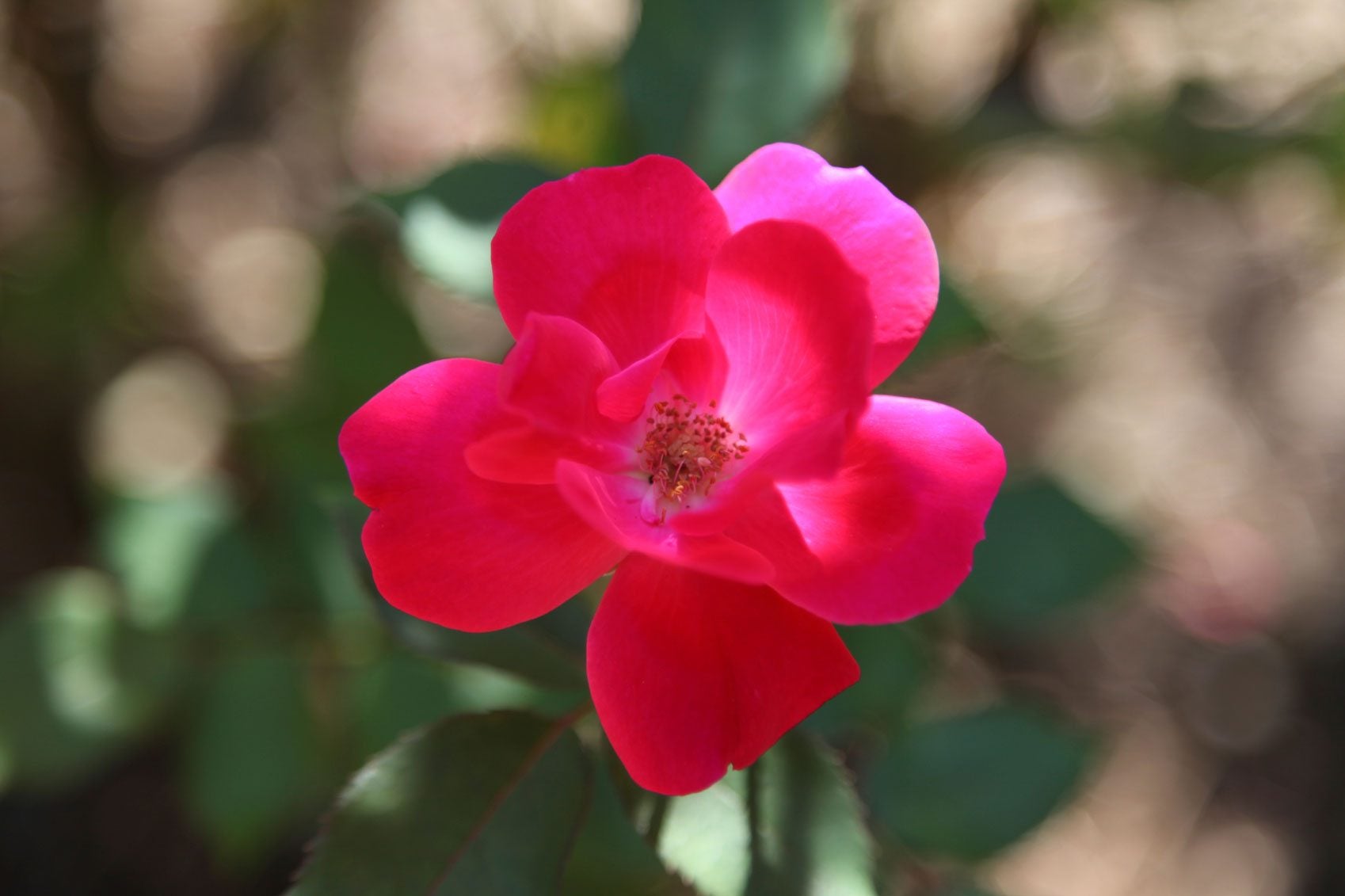 Common Knock Out Rose Problems: Diseases Of Knock Out Roses
Common Knock Out Rose Problems: Diseases Of Knock Out RosesKnock Out rose bushes are known for being disease resistant and nearly carefree. However, even these rose bushes can succumb to some of the same diseases that plaque other rose bushes. Learn more about these potential problems here.
By Stan V. Griep
-
 How To Prune Knock Out Roses
How To Prune Knock Out RosesOne thing to keep in mind about Knock Out rose bushes is that they are very quick growing. A common question is "do I need to prune Knock Out roses?" Read here to look at what goes into pruning Knock Out roses.
By Stan V. Griep
-
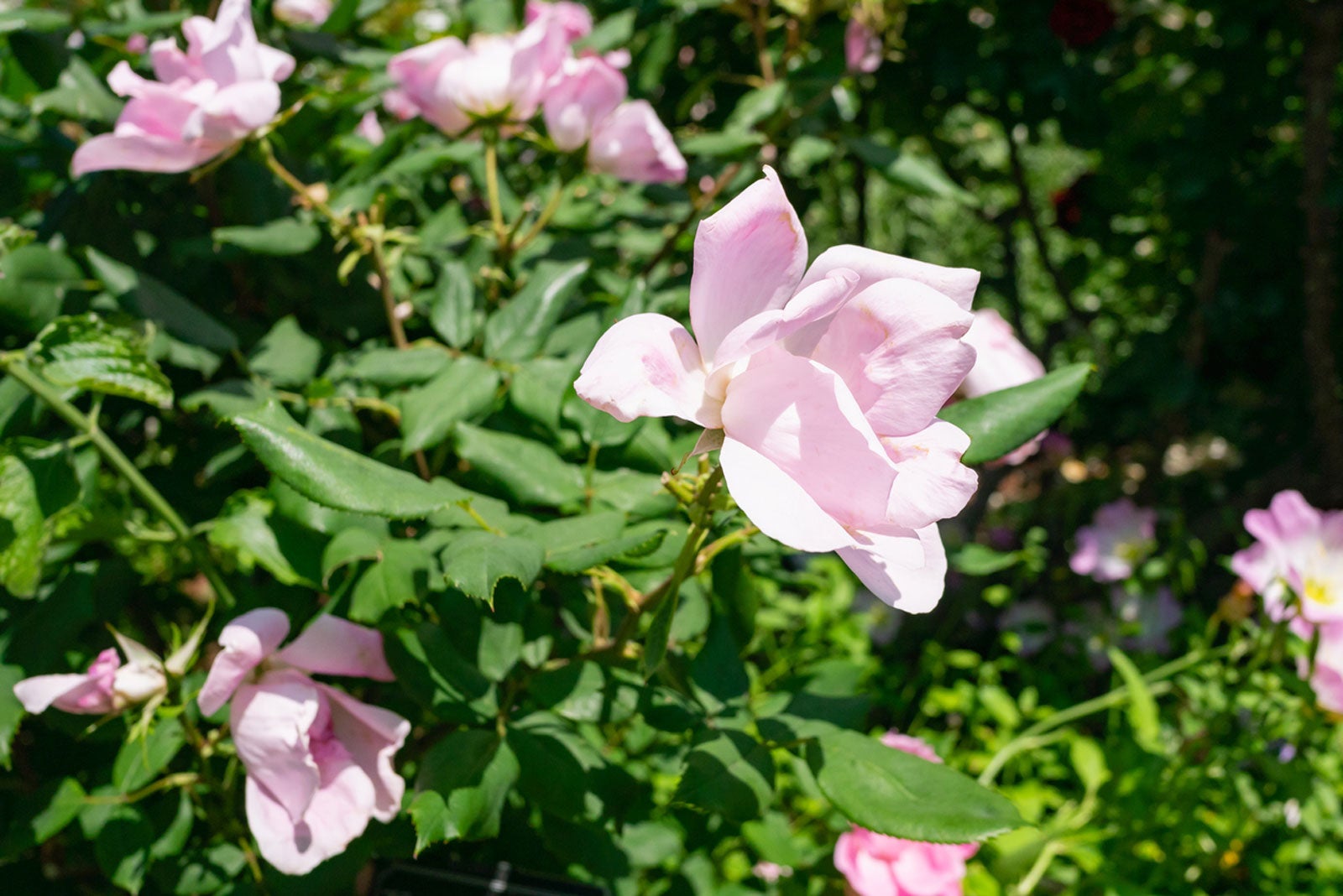 How To Take Care Of Knock Out Roses
How To Take Care Of Knock Out RosesThe Knock Out rose bush is one of the most popular roses in North America. Look at how to care for Knock Out roses in this article. Soon they will be just as popular in your garden.
By Stan V. Griep